Vincent Verhei
07 Feb 2023, 11:00am

Last week, we looked at the worst games that Philadelphia played this year, searching for weaknesses that might cost the Eagles a Lombardi Trophy. Today, we’re going to do the same for Philadelphia’s Super Bowl opponents, the Kansas City Chiefs.
By DVOA, Kansas City’s worst games this season were, in chronological order:
- Week 3: Kansas City Chiefs 17 at Indianapolis Colts 20. Perhaps the weirdest result of the entire 2022 season saw the Colts, who would go on to finish dead last in DVOA, defeating the eventual AFC champions. The key culprit was a collapse on special teams as Matt Ammendola (replacing an injured Harrison Butker) missed an extra point and a 34-yard field goal, Skyy Moore muffed a punt return to set up an Indianapolis touchdown, and Isiah Pacheco averaged only 18.8 yards on five kickoff returns with a fumble of his own (though the Chiefs recovered that one). And that’s not even counting the incomplete pass on a fake field goal that would have been a 41-yard try. Kansas City also had a terrible day on the ground, running 23 times as a team for only 58 yards—numbers that were boosted by Patrick Mahomes’ 26 yards on four carries. Mahomes didn’t have his best day passing, with a sack and an interception, but he and the defense played well enough to beat a team as bad as Indianapolis—this loss wasn’t on them.
- Week 5: Las Vegas Raiders 29 at Kansas City Chiefs 30. The Raiders jumped out to a 17-0 lead before a 59-yard field goal by Matthew Wright (another backup kicker) cut the margin to 20-10 at halftime, and then Travis Kelce put Kansas City on top with a pair of touchdowns in the third quarter. With about four and a half minutes to go, Davante Adams scored a 48-yard touchdown that left the Raiders trailing by a single point, but they still trailed after Josh Jacobs was stuffed on a two-point try. Las Vegas would get one more possession, but Derek Carr’s fourth-down pass to Adams was incomplete. Adams had a rollercoaster day, catching only three of seven passes and fumbling once, but gaining 124 yards and a pair of touchdowns. Jacobs added 193 yards from scrimmage. Kelce had a monster day in the red zone and nowhere else, catching seven passes for only 25 yards but scoring four times. (We touched on this absurd statline in Mahomes’ comment in Quick Reads that week.) But Kansas City again struggled to run the ball, gaining only 103 yards on 23 carries—numbers that fell to 75 yards on 19 carries without Mahomes.
- Week 6: Buffalo Bills 24 at Kansas City Chiefs 20. It says an awful lot about how good Kansas City was this year that a four-point loss to the best team in the regular season still counts as one of their worst games. And this was about as close as a game could be, as each of the three field goals and five touchdowns scored that day either tied the game or put somebody ahead. The last of those was Josh Allen’s 14-yard touchdown to Dawson Knox with 1:04 remaining. Mahomes was intercepted on his next official pass (not counting one wiped out by penalty) to end things. Again, though, Mahomes was doing his best to carry a moribund rushing attack: he ran four times for 21 yards while the rest of the team had 14 carries for 47. On defense, the Chiefs were fine against the run, but powerless to stop Allen (27-of-40 for 329 yards and three scores, with no interceptions and just one sack) or Stefon Diggs (13 targets, 10 catches, 148 yards, one score).
- Week 15: Kansas City Chiefs 30 at Houston Texans 24 (OT). It’s quite odd that each of this year’s Super Bowl teams had their hands full with both the Colts and the Texans, two clubs with only seven wins and a mutual tie between them. And once again we see Mahomes (five carries for 33 yards and a touchdown) being more productive on the ground than his teammates (28 carries for 156 yards with one touchdown), though Mahomes and Isiah Pacheco both fumbled on running plays. (JuJu Smith-Schuster also lost a fumble after a reception.) But Davis Mills threw a pair of touchdowns, and this was the only game he had all season without a sack or an interception. The Chiefs also had another bad day on special teams; Harrison Butker missed an extra point and a 51-yard field goal that would have won the game in regulation, while Kansas City averaged only 15.7 yards on three kickoff returns and 4.0 yards returning two punts.
When the Chiefs had the Ball
If you came here hoping for a blueprint of how to shut down Patrick Mahomes and the Kansas City passing attack, I’m afraid I’ve got nothing for you. It doesn’t exist. Mahomes’ completion rate in these four games of 69.2% was actually higher than his full-season average. He also averaged 7.7 yards per throw with nine touchdowns, three interceptions, and nine sacks; his rates in those four categories were worse than his usual standards, but each still would have ranked among the 10 best in 2022. The difference between full-season Mahomes and bad-game Mahomes is the difference between MVP favorite and MVP longshot. Mahomes ranked third in passing DVOA this season at 26.5%; his 19.7% DVOA in these bad games would have ranked … fifth. That would still make him the best passer the Eagles have faced since Jared Goff in Week 1.
(We should point out that Mahomes did have one game this year with negative DYAR, against the Raiders in Week 18. He still completed nearly 70% of his passes without an interception in a 31-13 win, but opponent adjustments knock him down because the Las Vegas defense was so very, very stinky.)
Things get even more baffling when you look at Mahomes’ top receivers and how their full-season DVOA figures changed in these four games. Travis Kelce, the NFL’s best tight end in DYAR? His DVOA went from 15.3% overall to 26.5%. Jerick McKinnon, who led all running backs with a receiving DVOA of 37.5%? He got even better with a DVOA of 49.7%. JuJu Smith-Schuster, Kansas City’s leading wide receiver? His DVOA soared from 10.6% to 20.7%, which would have put him in the top five. There were steep declines in ancillary weapons such as Marquez Valdes-Scantling (-14.6% DVOA in the Chiefs’ four bad games), Justin Watson (-78.9%, on only seven targets), and Skyy Moore (-18.4%, also on seven targets), but somehow, Kansas City’s best weapons were at their best when the team was at its worst.
One would think the opposite must be true for the running game, and one would be correct. The Chiefs’ full-season rush offense DVOA of 1.3% ranked ninth in the league; in their bad games, it fell to -27.9%, which would have been dead last. The trio of Clyde Edwards-Helaire, Isiah Pacheco, and McKinnon each had at least 20 carries in those four games, and all finished with negative DYAR. Pacheco was at least explosive, averaging 5.0 yards per carry but also fumbling twice. McKinnon was also explosive at 4.7 yards per carry, but that was skewed by 26- and 30-yard runs; his success rate was a miniscule 30%. Edwards-Helaire was just impotent, running 25 times for only 48 yards.
As football strategies go, “shut down the running game and make Patrick Mahomes beat you with his arm” would be the stupidest thing I have ever written for Football Outsiders, and I once spent an entire chapter of the Almanac explaining how Sashi Brown and Hue Jackson were going to turn Cleveland around. But here’s the thing: more often than not, Patrick Mahomes is going to beat you with his arm no matter what. The best you can hope for is to limit what the Chiefs do on the ground and make them one-dimensional, because not even Mahomes can beat you every time.
When the Other Team had the Ball
Davis Mills threw 15 interceptions this season, tied with Dak Prescott for most in the NFL. Josh Allen and Derek Carr were tied for third with 14; Matt Ryan was alone in sixth place with 13. But together they totaled 131 pass attempts against Kansas City, including nine touchdowns, and they weren’t intercepted even one time. Neither was Jeff Driskel, nor Phillip Dorsett, the combo that threw five more passes against the Chiefs in Houston’s weird end-of-season rotation. They were hardly dominant—collectively, they had a 64.0% completion rate, 6.8 yards per throw, and a 6.2% sack rate, right around league average in each department—but when you allow nine touchdowns without a single interception, especially against a sloppy group like this, your down-to-down consistency hardly matters.
Quarterbacks can run, too, which is especially important when you’re preparing to face Jalen Hurts. But the Chiefs didn’t have much of a problem with that in their bad games. The three non-scramblers they faced—Ryan, Carr, and Mills—ran six times for only 31 yards over three games. The two runners—Allen and Driskel, who played 18 snaps in Week 15—had 14 carries for only 48 yards.
Quarterback runs were not a problem for Kansas City, but running back runs sure were. Las Vegas’ Josh Jacobs (21 carries for 154 yards), Buffalo’s Devin Singletary (17 for 85), and Houston’s Royce Freeman (11 for 51) each averaged at least 4.6 yards per carry with a success rate of 62% or better. Indianapolis’ Jonathan Taylor (21 carries, 71 yards, 3.4-yard average, 43% success rate) didn’t do as well, but he was the exception, not the norm.
None of those running backs were especially effective as receivers, however; Jacobs led the groups with five catches and 39 yards. Wide receivers? They had a lot more luck, catching 10.8 passes for 153.0 yards per game, an average of 14.2 yards per catch. We mentioned the stellar outings for Stefon Diggs and Davante Adams, but let’s not overlook big days by Gabriel Davis (6-3-74-1) and Michael Pittman (9-8-72-0). And hysterically, the Chiefs managed to turn every tight end they played into Travis Kelce—they only caught 17 passes for 131 yards across the four games, averaging a pitiful 7.7 yards per reception, but they scored five times!
When Somebody was Kicking a Ball
Kansas City’s two meltdowns in the kicking game warrant mention here, because they point out how dramatic the differences between these two teams are on special teams. Overall, the margin seems slight—the Eagles rank 13th in special teams DVOA, the Chiefs 19th—but radical splits appear in the details. The Eagles were ninth in placekicking; the Eagles were dead last. The Eagles were smack dab in the middle on both kickoff and punt returns; the Chiefs were 30th on kickoffs, 24th on punts. So Kansas City is the more likely team to miss a critical kick or have a bungle in the return game. But if that doesn’t happen? The Chiefs were second in punts and punt coverage, while the Eagles were 22nd. This could point to a field position edge for Kansas City.
How the Eagles Match Up
Clear edge for the Eagles on offense here. Kansas City doesn’t get many interceptions? Jalen Hurts only threw six interceptions all season, and only three in his last eight games (including the playoffs). The Chiefs struggle against wide receivers? A.J. Brown and DeVonta Smith were both in the top 10 in receiving yardage and scored 18 touchdowns between them. Kansas City sometimes gets trampled by running backs? Philadelphia was second in the NFL with 368 rushing DYAR from that position, and first with a 58% success rate.
The outlook for the Eagles defense is murkier. They haven’t seen a quarterback as good as Mahomes before, but then Mahomes hasn’t seen a defense like Philadelphia’s either. However, even though the Eagles were the NFL’s best pass defense, they only ranked 22nd in DVOA on passes to “other” wide receivers and 24th against running backs, so Mahomes should have plenty of targets (assuming everyone is healthy and available to play) even if Kelce and Smith-Schuster are neutralized.
And then there’s the Kansas City ground attack. On paper, this looks a matchup of weakness-on-weakness, but it’s relevant that most of the Chiefs’ bad games came early in the season, before Isiah Pacheco established himself in the backfield. Through Week 6, before Pacheco became a starter, Kansas City ranked 22nd with a rush offense DVOA of -13.0%; that DVOA climbed to 9.3%, fourth best, from Pacheco’s first start in Week 7 through the end of the regular season. Which is all fine and dandy, but as Aaron Schatz pointed out earlier this week, Philadelphia’s run defense also improved in the second half of the year.
In a matchup this close, you can drive yourself crazy going back and forth over each team’s presumed strengths and weaknesses. It sure looks like the Eagles have the advantage on offense, and at their best, they should battle Mahomes and Pacheco to a stalemate on defense. At anything less than their best, however, they may find themselves unable to keep up with a Kansas City scoring barrage.


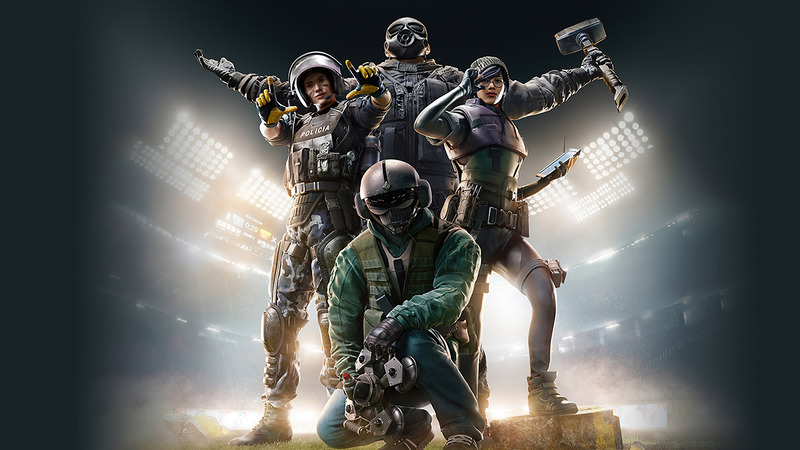
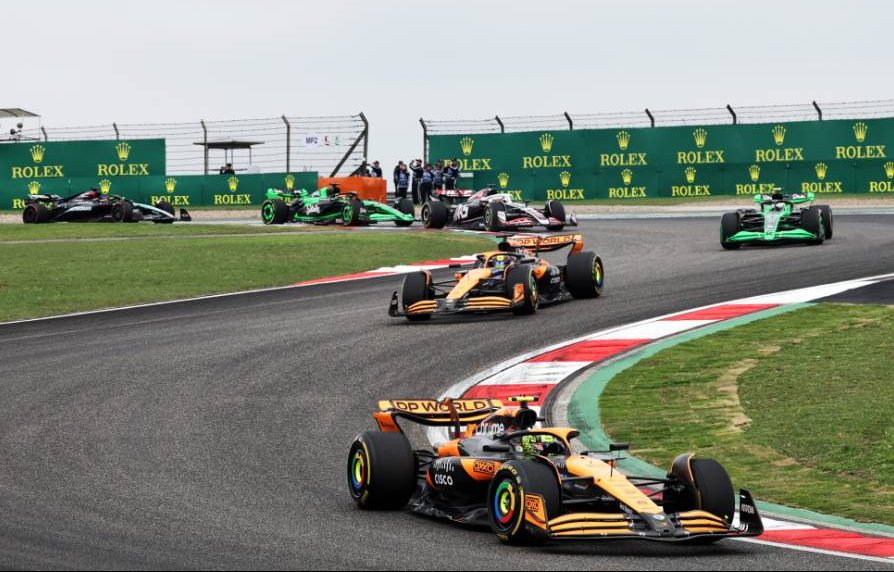
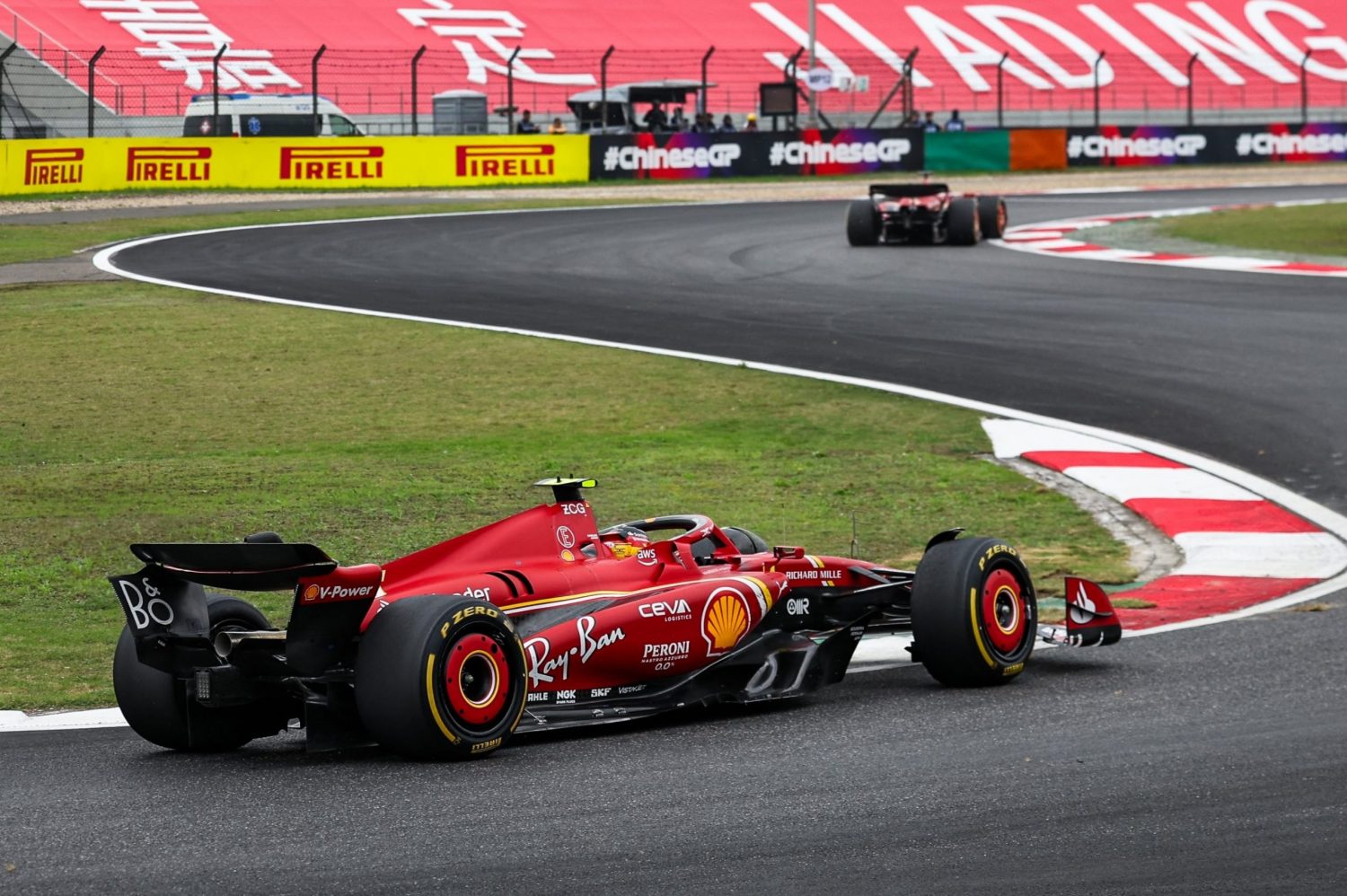

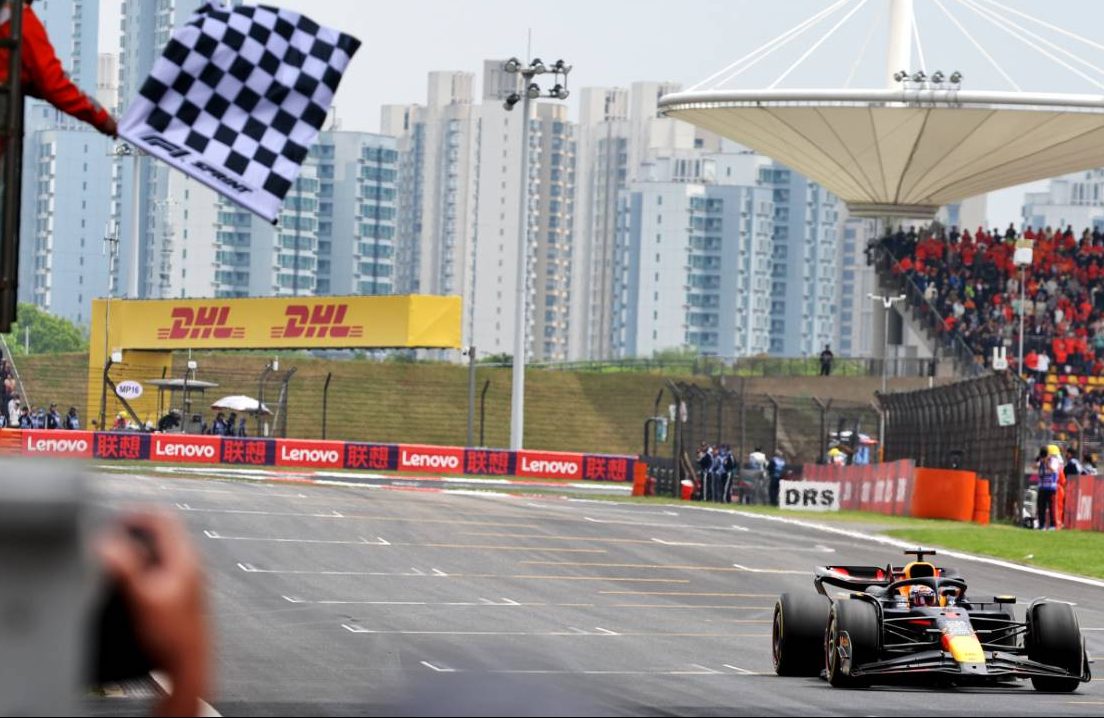
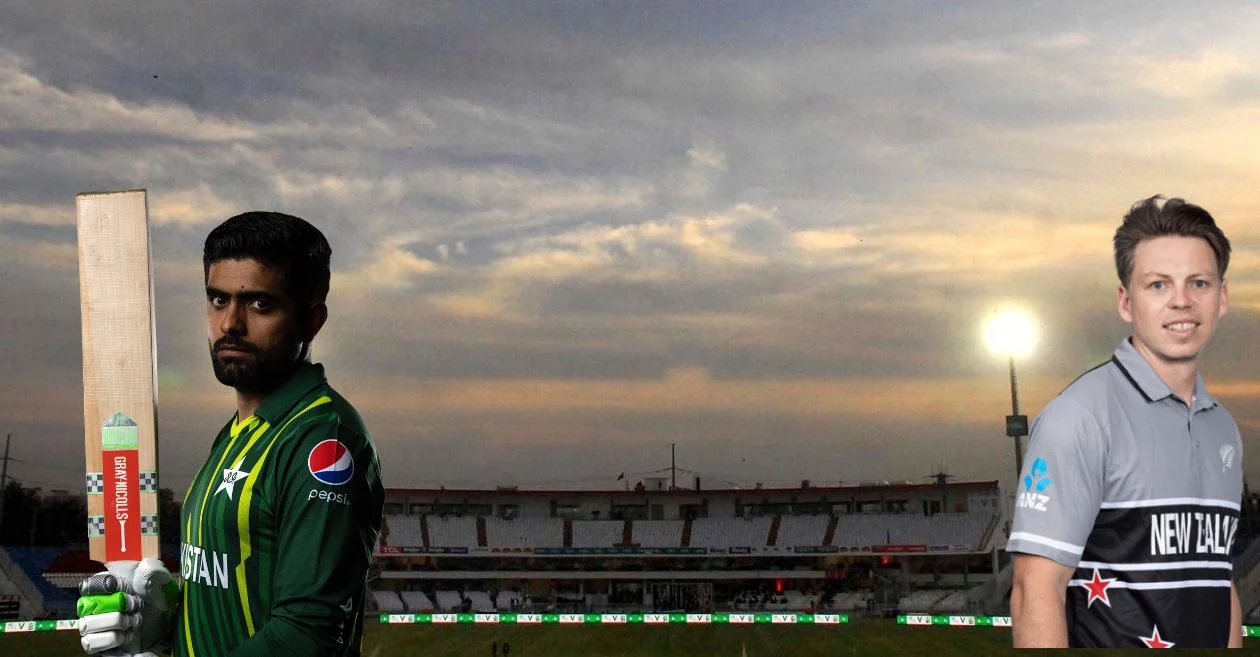











#1
by Lost Ti-Cats Fan // Feb 07, 2023 – 11:44am
Or, said slightly differently, your biggest worry is the KC passing game, and your defensive strategy needs to be focused on that. Reid/Bienenemy aren’t going to call many runs, anyway. But if your D is able to stop the runs that are called without putting extra guys in the box, that’s a huge win and, based on KC’s worst games this year, might give you the extra stopped drive or two you need to keep the game close or come out on top.
Points: 1
#2
by theslothook // Feb 07, 2023 – 11:44am
Addressing the title – Mahomes takes too many hits. That’s his biggest weakness.
But in general, I don’t think there’s much analysis to defeating any elite passing QB other than to be better than they are. The Seahawks in 2013 didnt discover a new strategy to beating Peyton Manning. What they did was cover real well, get pressure fast, and tackle well. Voia la!
In reality, execution is much harder to pull off; especially when you don’t have the horses that Seattle had. But it still can be done, as the Colts game showed and Philly has the horses on defense to slow down Mahomes and Co
Points: 0
#3
by big10freak // Feb 07, 2023 – 11:50am
Minor item in Kicking paragraph:
The Eagles were ninth in placekicking; the Eagles were dead last.
Points: 1
#7
by BigRichie // Feb 07, 2023 – 12:32pm
I take it the Chiefs were the “dead last” team?
Points: -1
#8
by cstoos // Feb 07, 2023 – 12:56pm
That’s my assumption. A lot of that has to do with the fact that they went through like 4 kickers this season, and Butker wasn’t 100% even when he came back.
Recently he seems to be pretty accurate and hasn’t missed a kick in the last 5 or 6 weeks I don’t believe.
Points: 0
#4
by Aaron Brooks G… // Feb 07, 2023 – 11:51am
Why does that work?
DVOA is a per-play metric. It doesn’t mind long drives that don’t turn into points (or into just FGs) and doesn’t mind 3-and-outs so long as you have enough long, efficient drives.
I suspect making KC go pass-only results in those kinds of failed drives — ones that bog in the red zone or an early failed rush play that Mahomes can’t convert into a first down and die early. You can beat KC that way. But if you don’t take anything away, you can’t.
Points: 0
#5
by Aaron Brooks G… // Feb 07, 2023 – 11:54am
Turnovers and injuries.
This game will swing on turnovers and injuries.
Points: 0
#6
by Chuckc // Feb 07, 2023 – 11:56am
And once again we see Mahomes (five carries for 33 yards and a touchdown) being more productive on the ground than his teammates (28 carries for 156 yards with one touchdown)
Is there a typo in there somewhere? because that seems like a pretty decent day for the running backs
Points: 1
#9
by Aaron Brooks G… // Feb 07, 2023 – 12:58pm
DVOA hates traditional rushing.
Points: 0